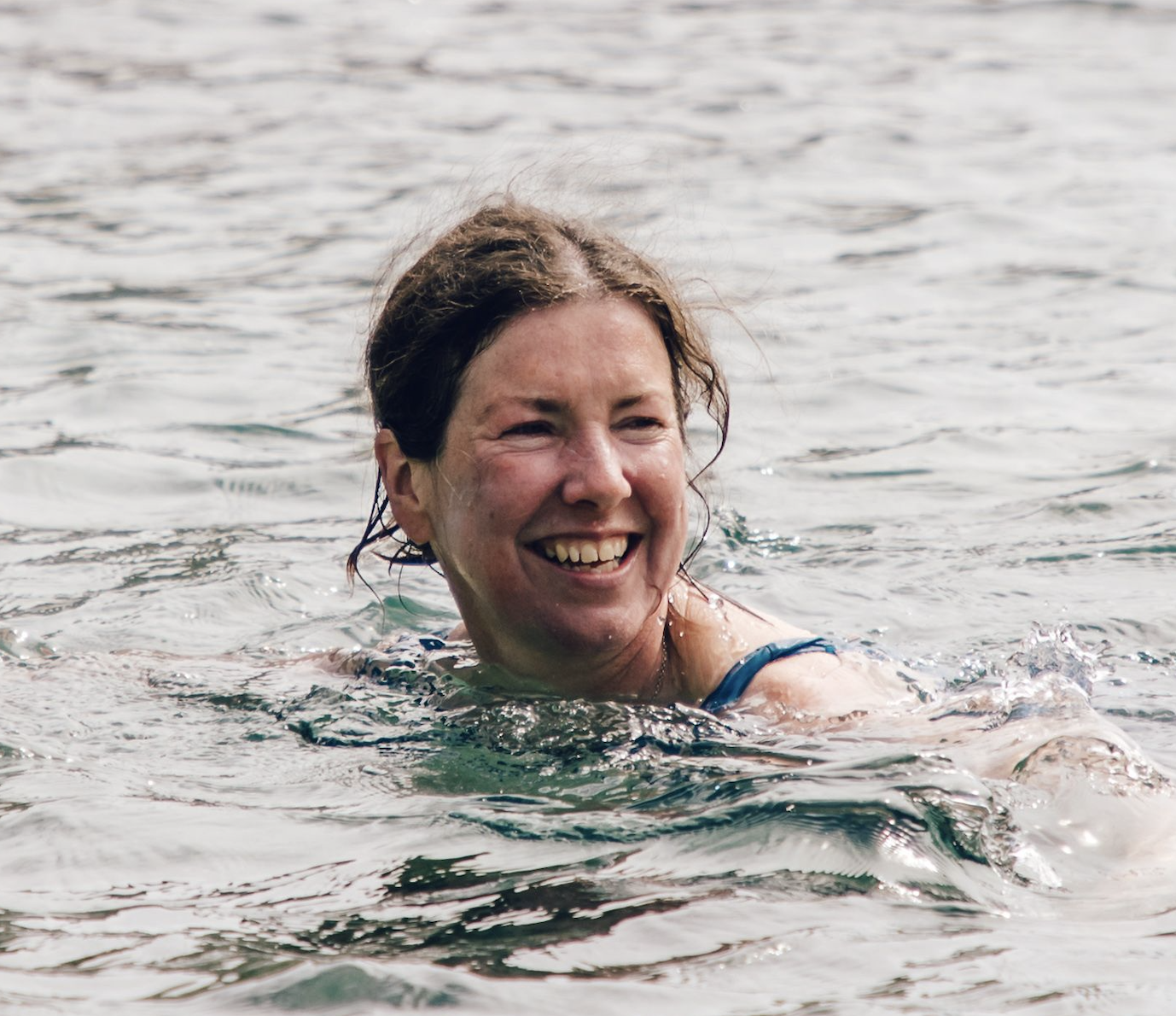At the age of 52, when some of us are beginning to slow down, Hope Bourne began her greatest adventure. Seeking a self-sufficient life surrounded by nature, she moved into a caravan at burnt-out Ferny Ball Farm in the wilds of Exmoor; and there she stayed for 24 years.
With her rifle she shot for the pot – rabbit, hare, pigeon and the occasional deer – having won shooting and fishing rights in exchange for tending livestock. She grew her own vegetables and, with the pittance she earned from writing, bought matches, bullets and a weekly loaf. Her days were spent walking, gardening, hunting, fetching water from the spring and wood for the stove, and helping her farmer-friends with lambing, shearing, hay-making and harvest. “And some idiot once said to me, ‘What do you do to pass the time?’” she wrote.
“She was a force of nature,” says her friend, director Chris Chapman. “She knew her own mind and was never egotistical.” Other friends described her as being strong and radiant. “She could raise one’s spirits, she was such a happy person,” said one.
Privately, she knew sadness. When the man she loved married someone else, she sought solace in Shetland, but returned resolved to be emotionally and financially independent. By then she had already written, illustrated and published two books; Living on Exmoor and A Little History of Exmoor while living and helping at farms belonging to friends.
Wild Harvest, the book that describes her life at Ferny Ball, was a success. She became the subject of several TV documentaries, and viewers treasured her as an eccentric. After all, she was equally adept with paintbrush and rifle and had guts, resilience and sparkle.
She breakfasted on meat straight from the frying pan and her wellies were over-large, straw-stuffed and holey. She lived alone, made repairs with fertiliser sacks, and disliked modern living.
“I can’t stand towns. I see all the little houses like little boxes and everything planned out, laid out, safe and ordered – well, there’s no adventure in it, no excitement, no anything,” she said.
Her writing is lively, but not eccentric. Her descriptions of the landscape and customs of Exmoor, of nature, firelight, hunting, hill-farming and the night skies are lyrical and carefully observed. Her arguments are clear and rational. She shot because she couldn’t afford to feed animals of her own. Wellies kept her feet in good condition – ventilated, protected, yet tough. She lived alone in the wilds, but had many friends.
Hope’s one regret was that she’d not become a politician. She disapproved of bureaucracy, the metric system and over-industrialisation. She also accused the nascent Exmoor National Park, with its proliferation of carparks, way-marked footpaths and information signs, of taming down and making safe the wilderness.
Suffering from asthma a year after publishing her final book A Moorland Year (1993), she moved into the bungalow where she died in 2010, aged 90, surrounded by friends and candle-light. “Hope’s legacy lies in her books and her vivid insight into the culture, character and environment of Exmoor,” says Chapman. “And in her defence of untamed wild places – places where you can still have adventures and see the dark skies.”
It also lies in her appeal that we should reconnect with nature and recognise its value. “For money, you sell the hours and the days of your life, which are the only true wealth you have,” she wrote. “You sell the sunshine, the dawn and the dusk, the moon and the stars, the wind and the rain, the green fields and the flowers, the rivers and the sweet fresh air. You sell health and joy and freedom.” Hope Bourne was rich indeed.
Julie Brominicks is a writer who also lives off the grid in a tiny caravan, and sometimes has holes in her wellies – but she doesn’t have a gun.
Image credit: ©Chris Champman Photography & Film
Chris Chapman’s film about Hope’s life, called How Many People See The Stars As I Do?, is available at www.chrischapmanphotography.co.uk

